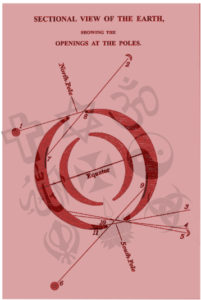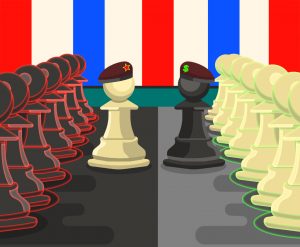 I just invented a new Voltairian muse for consideration. Dr. Roquentia, after Sartre’s lead in Nausea, is the opposite of Dr. Pangloss, convinced that we are in a state of perpetual, inevitable decline. Dr. R. is unmoved by evidence to the contrary concerning improvements in society because he can always sense unease and emptiness in this change.
I just invented a new Voltairian muse for consideration. Dr. Roquentia, after Sartre’s lead in Nausea, is the opposite of Dr. Pangloss, convinced that we are in a state of perpetual, inevitable decline. Dr. R. is unmoved by evidence to the contrary concerning improvements in society because he can always sense unease and emptiness in this change.
I thought of the good doctor not while reading the boorish WSJ hit piece on Jill Biden for being labeled “Dr.” because she has only a PhD rather than an MD. It’s an acceptable editorial convention, but hardly one that should be irritating enough to belittle the owner of the title. Dr. R. would lose the honorific, too, being merely an advanced student of the jeremiad in his own narcissistic pursuit of identity.
No, instead I thought of this new caricature while reading National Review to catch up on what is troubling one corner of the conservative mind here as Our Glorious Leader tries to subvert democracy. There are always unwritten assumptions in NR opinion pieces, as if the righteous world lurks just out of reach in the shadows. In this one, there is a quick slap for “intersectional” scholarship, or perhaps just how it might influence public discourse or policy. More centrally, though, the background zeitgeist is the assumption that it is a moral good for children to be raised to be religious like their parents, and that American society is diminished by the reduction in religiosity in America of late. Dr R, sensing a comfortable decline into misery, laments perhaps a bit too ironically given that the recovery from religionless nihilism was central to Nausea.
The author, Cameron Hildritch, might be surprised to learn that there is an alternative and less ideological way of regarding secularized education.… Read the rest






